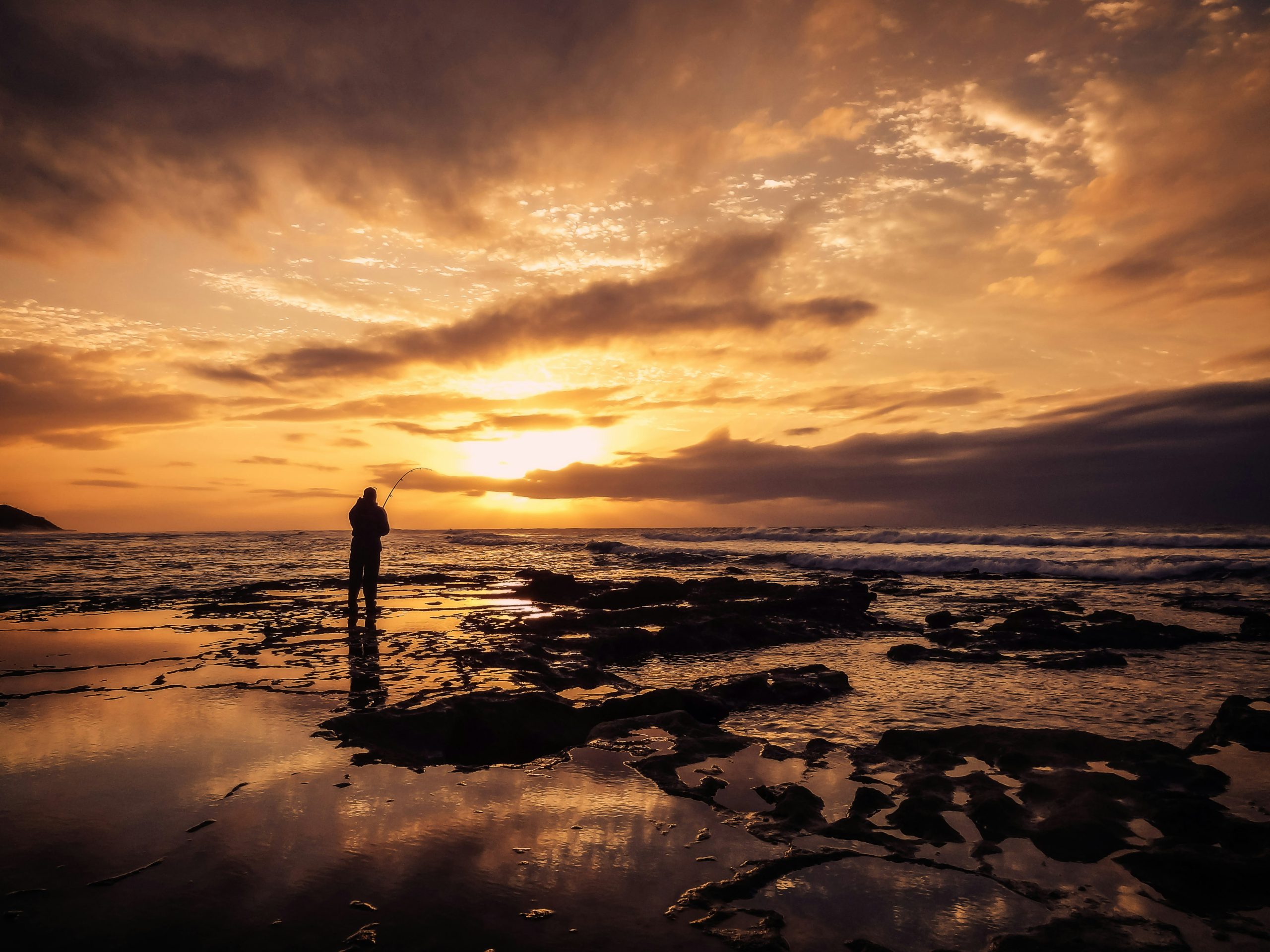
Tips for Fishing Bighorn Lake in Wyoming
- Share
- Share
- Share
- Share
Tips for Fishing Bighorn Lake Wyoming
Fishing Bighorn Lake in Wyoming offers anglers a variety of species and stunning views of the Bighorn Canyon. Here are some tips to help you have a successful fishing trip:
- Target Species
- Walleye: Walleye are abundant in Bighorn Lake and are one of the most sought-after species.
- Smallmouth Bass: Known for their fight, smallmouth bass are common along the rocky shorelines.
- Rainbow and Brown Trout: Found in the upper reaches of the lake and near inlets.
- Crappie: These panfish are fun to catch and are often found in shallower waters during warmer months.
- Yellow Perch: Common in schools, providing great action for anglers.
- Catfish: Channel catfish and other species lurk in the deeper, muddy areas of the lake.
- Best Fishing Techniques
- Trolling for Walleye: Trolling crankbaits, bottom bouncers, or spinner rigs with nightcrawlers, leeches, or minnows is a proven technique. Focus on areas near underwater structures, drop-offs, and the lake’s deeper channels.
- Jigging for Walleye: Use a jig tipped with a soft plastic or live bait and target rocky points, ledges, and underwater humps. A slow jigging action works best in colder water or deeper areas.
- Casting for Smallmouth Bass: Cast crankbaits, spinnerbaits, or soft plastics along rocky shorelines, submerged structures, and around the many rock piles found in the lake.
- Fly Fishing for Trout: In the upper lake near the Bighorn River, fly fishing with streamers or nymphs can be very productive for both rainbow and brown trout. Focus on mornings and evenings when trout are actively feeding.
- Bottom Fishing for Catfish: Use cut bait, stink bait, or worms on a bottom rig. Target deeper sections of the lake, particularly where there are muddy or silty bottoms.
- Seasonal Tips
- Spring (April – June): Walleye and smallmouth bass are highly active during the spring spawn. Focus on shallower waters and rocky areas. Trout can also be found in cooler, shallow water near inlets.
- Summer (July – August): As water temperatures rise, walleye move deeper, and trolling or jigging in deeper waters becomes more effective. Smallmouth bass remain active along rocky shorelines. Early morning and late evening are the best times to fish.
- Fall (September – October): Cooler water temperatures bring walleye and trout back to the surface and shallower areas. Bass fishing can remain productive, especially in rocky areas.
- Winter (Ice Fishing): During winter, anglers target walleye, perch, and crappie through the ice. Use small jigs tipped with minnows or worms, and fish in deeper areas where schools of fish tend to congregate.
- Key Fishing Spots
- Bighorn Canyon: The rocky cliffs and submerged structures here make it ideal for smallmouth bass, walleye, and trout. Focus on ledges and drop-offs.
- Crooked Creek Bay: This bay is a productive spot for walleye, crappie, and perch. The shallow waters warm up quickly, attracting fish in the spring and summer.
- Devils Canyon: A hotspot for smallmouth bass and walleye due to the deep, rocky waters. Focus on the edges of the canyon where the water drops off steeply.
- Near the Causeway: The shallow flats and drop-offs around the causeway are good spots for crappie, perch, and walleye, particularly in the spring.
- Bait and Lures
- For Walleye: Use minnows, leeches, nightcrawlers, crankbaits, and jigs. Brightly colored lures tend to work well, especially in deeper or murkier waters.
- For Smallmouth Bass: Crankbaits, soft plastics (like tubes or worms), spinnerbaits, and topwater lures. Natural colors like green, brown, or black work well around rocks.
- For Trout: Streamers, nymphs, or small crankbaits. Fly fishing with dry flies or nymphs is effective in the upper lake.
- For Crappie: Small jigs tipped with minnows or soft plastics. Use bright colors like white, chartreuse, or pink to attract crappie in shallow waters.
- For Perch: Use small jigs tipped with worms or minnows. Target schools near weed beds or shallow flats.
- Adjust to Water Levels
- Bighorn Lake’s water levels fluctuate due to dam management, which affects fish behavior. Lower water levels can concentrate fish into smaller areas, making fishing more productive in some spots.
- Pay attention to lake conditions before your trip and adjust your approach based on water depth and flow.
- Fish Early and Late
- Fish are most active in the early morning and late evening, especially during the warmer months. Plan your fishing trips around these times for better success.
- Wildlife and Scenery
- Keep in mind that Bighorn Lake is situated in a beautiful canyon setting. Beyond fishing, you may encounter bighorn sheep, eagles, and other wildlife, making it a picturesque and rewarding experience.
By using these techniques and targeting the right areas at the right times, you can have a successful fishing trip at Bighorn Lake.
For more fishing tips and advice and to find the very best fishing guides in America visit us at www.usfishingguides.com. At USFG we bring only the very best guides in the United States together under one roof to ensure you have the most amazing experience possible. Learn More Today!
Check us our page on Facebook, at US Fishing Guides
We also created a group to share tips and advice at Fishing US
Tips for Fishing Bighorn Lake in Wyoming

We write rarely, but only the best content.
Please check your email for a confirmation email.
Only once you've confirmed your email will you be subscribed to our newsletter.



